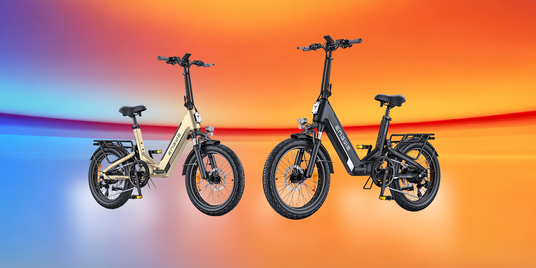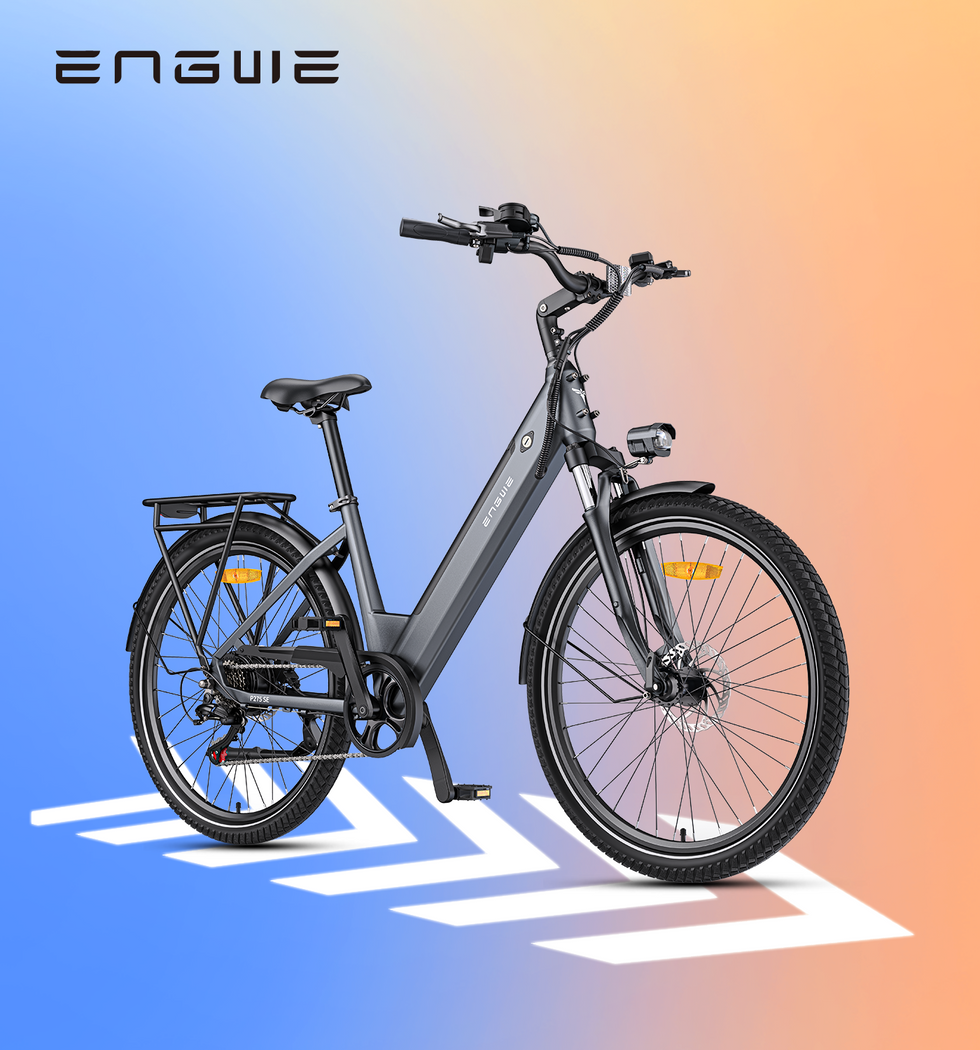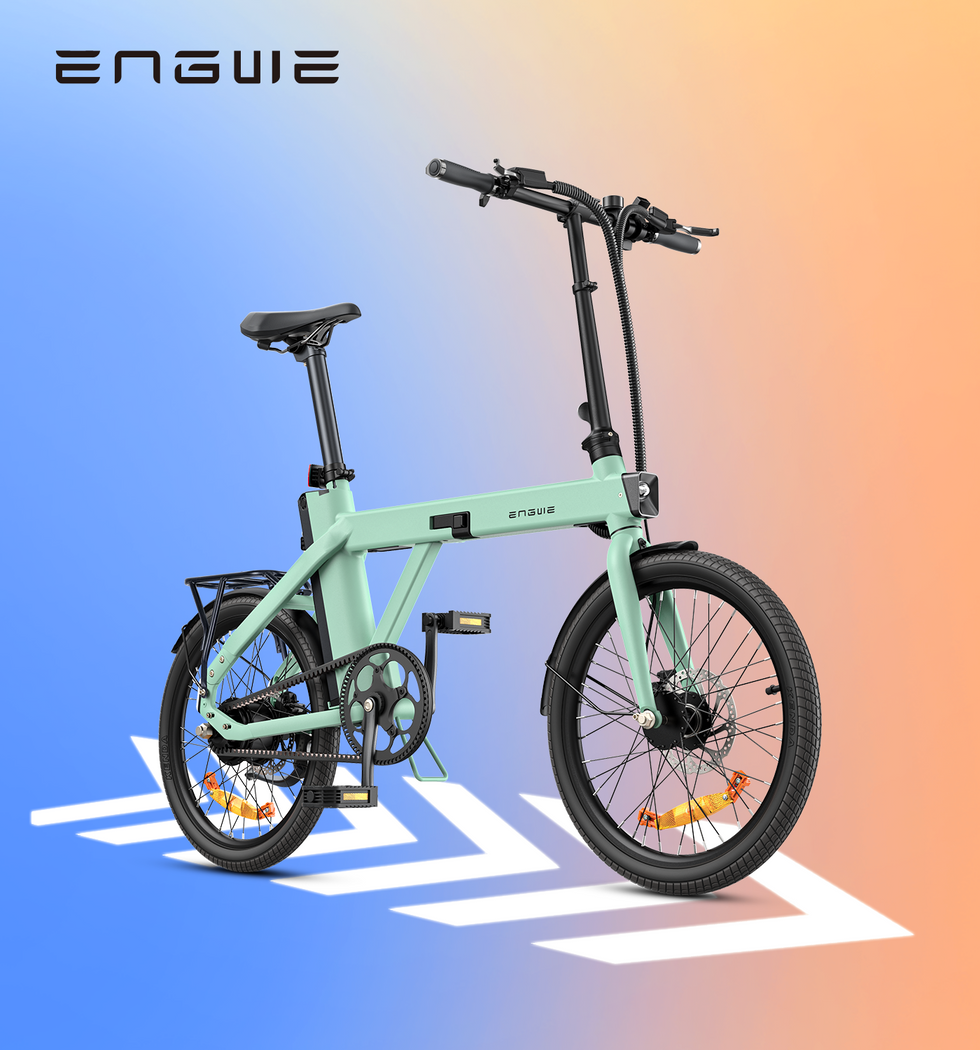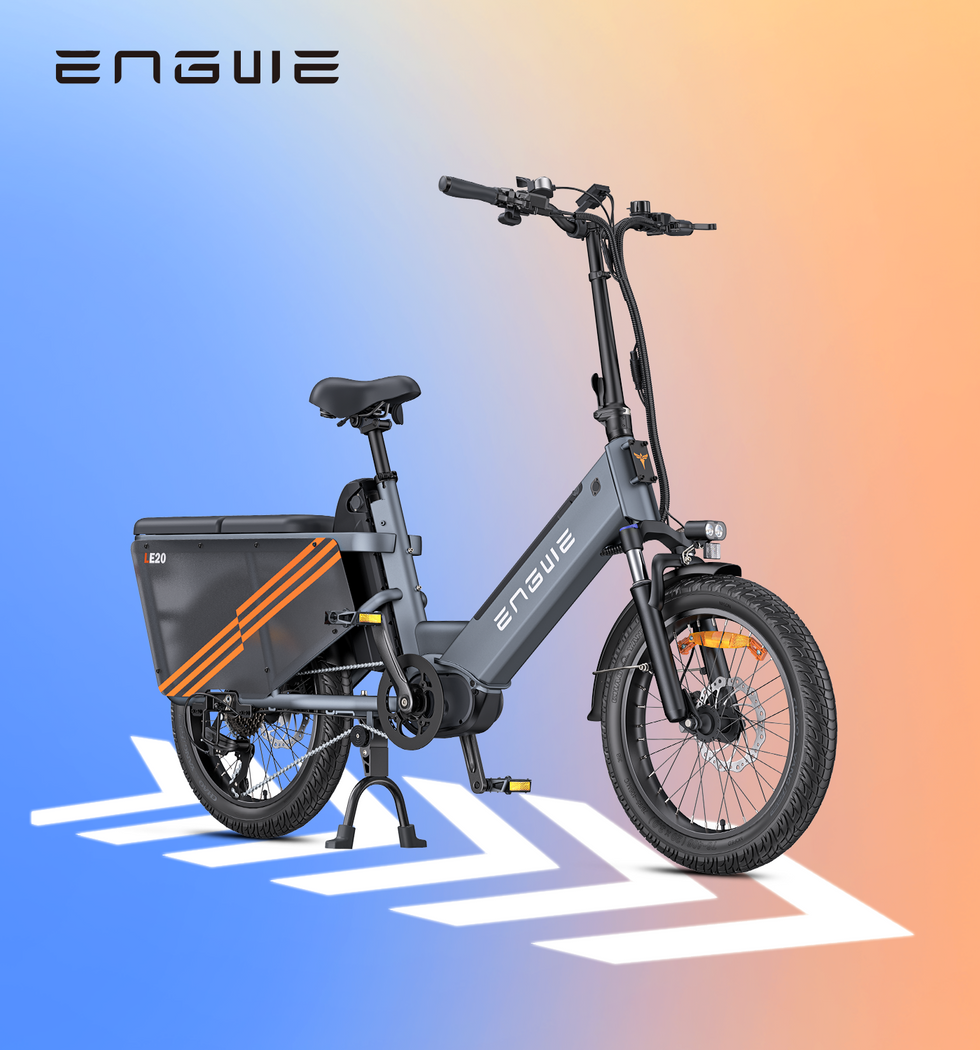The search for the "best rated electric bicycle" can feel overwhelming. With countless models, features, and specifications flooding the market, it is easy to get lost in a sea of technical jargon. The truth is, the "best" electric bike is not a single, universal model. It is the one that perfectly aligns with your needs, your lifestyle, and your journeys. This guide is designed to cut through the noise. We will break down what those ratings really mean, help you identify the type of rider you are, and explore the key features that transform a good electric bike into a great one. My goal is to equip you with the knowledge to choose a bike that does not just get you from A to B, but makes you enjoy every moment of the ride.
Decoding 'Best Rated': What Really Matters?
When you see a high rating, it is an aggregate of user satisfaction across several key areas. To make an informed decision, you need to understand what these components are and how they will impact your daily use. Forget the marketing hype for a moment and focus on the core technology that powers your ride.
First, consider the motor. In the UK, the legal limit for continuous power output is 250W. While this is standard, the crucial figure to look for is torque, measured in Newton-metres (Nm). Torque is the rotational force that gets you moving from a standstill and, more importantly, powers you up steep hills. A higher Nm rating, say 50Nm or more, means you will conquer inclines with significantly less effort.
Next is the battery, the heart of your electric bike. Its capacity is measured in Amp-hours (Ah) and Voltage (V). A higher Ah rating generally translates to a longer range. Do not just look at the manufacturer's maximum claimed range, which is often tested under ideal, low-assistance conditions. Think about your typical journey. Will you be using a high level of pedal assist or carrying heavy loads? This will affect your real-world range. A removable battery is also a massive advantage for convenient charging and security, as you can take it indoors with you.
Braking systems are non-negotiable for safety. You will primarily see two types: rim brakes and disc brakes. While rim brakes are adequate for some situations, disc brakes offer superior stopping power, especially in wet and muddy conditions. Mechanical disc brakes are reliable and easy to maintain, while hydraulic disc brakes provide even more precise and powerful braking with less effort. For a heavier bike, especially one capable of carrying cargo, robust disc brakes are essential.
Finally, look at the frame, wheels, and tyres. The frame material affects weight and durability. The size and type of tyres dictate what kind of terrain you can comfortably tackle. Standard road tyres are great for smooth tarmac, but if you plan on exploring canal towpaths, park trails, or uneven city streets, wider, "fat" tyres offer incredible stability and cushioning, absorbing bumps for a much smoother ride.
Finding Your Fit: Types of Electric Bicycles
Your ideal e-bike depends entirely on its intended purpose. An electric bike designed for a city courier will be very different from one built for leisurely weekend rides in the countryside. Broadly, they fall into a few key categories.
Urban and Commuter e-bikes
Urban and Commuter e-bikes are built for efficiency and practicality on city streets. They typically feature a comfortable, upright riding position, and come equipped with useful accessories like mudguards, lights, and a rear rack for carrying a bag or groceries. They are designed to be nimble and reliable for daily use.
All-Terrain and Fat Tyre e-bikes
All-Terrain and Fat Tyre e-bikes are the adventurers of the e-bike world. Characterised by their wide, chunky tyres (often 4 inches or more), they provide excellent grip and shock absorption on a variety of surfaces, from gravel paths and sandy tracks to pothole-ridden urban roads. This versatility makes them a fantastic choice if you want one bike that can truly handle anything your journey throws at it. They inspire confidence and open up new possibilities for exploration beyond the tarmac.
Foldable electric bikes
Foldable electric bikes are the masters of convenience, designed for "last-mile" commuting and riders with limited storage space. They are perfect for those who combine their cycle with public transport or need to store their bike in a flat, office, or car boot. While historically they sometimes compromised on ride quality, modern designs have made huge leaps in performance and stability, offering a robust riding experience in a compact package.

My Top Recommendation: The ENGWE EP-2 Boost
After extensive riding and analysis, if I had to recommend one electric bike that brilliantly blends versatility, power, and practicality, it would be the ENGWE EP-2 Boost. It is a masterclass in design, sitting comfortably in the sweet spot between a rugged all-terrain explorer and a convenient foldable commuter. Its 20 x 4.0 fat tyres and front suspension work in harmony to smooth out even the roughest city streets or gravel paths, providing a ride that is remarkably stable and comfortable. The core of its performance lies in the EU-legal 250W motor, which delivers an impressive 55Nm of torque. This is where the magic happens. On a steep hill, a simple press of the Boost button unleashes an instant surge of power, making climbs feel almost effortless. This is complemented by a smart torque sensor, which provides a natural and intuitive riding experience by matching the motor’s assistance to your pedalling pressure, eliminating the jerky feel some other e-bikes have. Range anxiety becomes a thing of the past thanks to the high-capacity 48V 13Ah removable battery, offering up to 120km on a single charge in the lowest assist mode. Safety is paramount, with powerful 180mm front and rear mechanical disc brakes providing confident stopping power. Practical features abound, from the sturdy rear rack and included mudguards to the bright, integrated lights. Perhaps its greatest strength is its foldability. The frame folds down into a compact size, making it incredibly easy to store or transport. It’s a do-it-all machine that proves you do not need to compromise.

Specifications on a page can only tell you so much. The true test of an electric bike is the feeling you get when you ride it. When you first push off, pay attention to how the power is delivered. Is it a sudden, jerky launch, or a smooth, gradual assist that feels like a natural extension of your own effort? This is often the difference between a basic cadence sensor and a more advanced torque sensor. A torque sensor makes the ride feel intuitive and controlled.
Consider the ergonomics and comfort. Are the handlebars at a comfortable height? Can the saddle be adjusted to allow for proper leg extension? A front suspension fork can make a world of difference, absorbing vibrations from the road and reducing fatigue in your arms and shoulders, especially on longer rides. The weight of the bike is another practical consideration. Think about whether you will need to carry it up stairs or lift it into a vehicle. A heavier bike is often more stable at speed, but can be less convenient to handle when you are not riding it.
Look for the small details that signal a quality build. Are the cables managed neatly? Does it come with essential accessories like a kickstand, a rack, and mudguards, or will you need to purchase those separately? A clear LCD display showing your speed, battery level, and distance is crucial for managing your ride effectively. These small quality-of-life features add up to a much more enjoyable ownership experience over the long term.
Beyond the Bike: Essential Considerations
Owning an electric bike in the UK comes with a few rules and responsibilities. The bike must have a motor with a maximum continuous power output of 250 watts. The electric assistance must cut out when you reach a speed of 25 km/h (15.5 mph), though you can, of course, pedal faster than this under your own power. It must not have a "twist and go" throttle that works without you pedalling, unless it is a walking-assist mode limited to 6 km/h. If your e-bike meets these requirements, it is treated as a normal bicycle, meaning you do not need a license, insurance, or road tax to ride it.
Basic maintenance will keep your e-bike running smoothly for years. The most important tasks are simple: keep your tyres inflated to the recommended pressure, regularly clean and lubricate the chain, and check your brake pads for wear. For the battery, try to avoid letting it drain completely to empty and store it in a cool, dry place when not in use for long periods. Finally, always prioritise safety. Invest in a high-quality helmet and ensure your bike's lights are working, especially for riding in low-light conditions. These simple steps ensure your investment is protected and your rides are always safe and enjoyable.
Ultimately, the best rated electric bicycle is the one that empowers you to ride more, explore further, and rediscover the joy of cycling.

Frequently Asked Questions
1. What is a torque sensor and why is it better than a cadence sensor?
A torque sensor is a more advanced piece of technology that measures how hard you are pushing on the pedals. It then tells the motor to provide a proportional amount of assistance. The result is a very smooth, natural, and intuitive ride that feels like you simply have super-strong legs. A cadence sensor, found on more basic e-bikes, simply detects if you are pedalling or not, and then delivers a fixed level of power for the assistance setting you have chosen. This can sometimes feel jerky or unnatural, as the bike can lurch forward as soon as you start turning the pedals, regardless of how much effort you are putting in. A torque sensor provides a far superior and more controlled riding experience, especially when navigating slow-moving traffic or tackling technical climbs.
2. How can I maximise my electric bike's battery range?
Several factors influence your real-world range. To maximise it, start by using the lowest level of pedal assistance that is comfortable for your journey. The more work you do, the less the battery has to. Maintain a smooth, steady pedalling cadence instead of accelerating hard and braking often. Ensure your tyres are inflated to the pressure recommended by the manufacturer, as under-inflated tyres create more rolling resistance and make the motor work harder. Finally, reduce weight where possible; carrying unnecessary heavy items will drain the battery faster. Riding in warmer weather also helps, as batteries perform more efficiently than in the cold.
3. Are fat tyres only for off-road riding?
Not at all. While fat tyres excel on sand, gravel, and trails, they offer significant advantages for urban and commuter riding as well. Their large volume of air acts as natural suspension, absorbing shocks from potholes, kerbs, and cobblestones, leading to a dramatically smoother and more comfortable ride. They also provide a larger contact patch with the ground, which increases stability and grip, giving you more confidence, particularly in wet or slippery conditions. This makes them a fantastic all-round choice for UK riders who face varied and often imperfect road surfaces daily.
4. What is the real difference between a hub motor and a mid-drive motor?
A hub motor is located in the centre of either the front or rear wheel, directly driving the wheel itself. They are generally more affordable, reliable, and require less maintenance. A rear hub motor, which is very common, provides a "pushing" sensation. A mid-drive motor is located in the middle of the bike's frame, where the pedals are, and it drives the chain. This means it can leverage the bike's gears, making it much more efficient on very steep, long hills. Mid-drive systems often provide a more balanced weight distribution and feel more like a traditional bicycle. For most general commuting and leisure riding, a quality hub motor with good torque is more than powerful enough, while serious mountain bikers often prefer mid-drive systems for their climbing efficiency.
5. Are more gears always better on an electric bike?
Unlike a conventional bicycle where a wide range of gears is crucial for managing different terrains, it is less critical on an e-bike because the motor provides assistance. However, gears are still very important. They allow you to pedal at a comfortable speed (cadence) regardless of how fast you are going. Shifting to a lower gear when starting from a stop or climbing a hill allows both you and the motor to work more efficiently, which can save battery life and reduce strain on the components. For most riders, a reliable system with 7 or 8 gears, like a Shimano system, provides a perfect range to handle everything from flat city streets to rolling hills with ease. You do not need the 20+ gears you might find on a high-end road bike.



